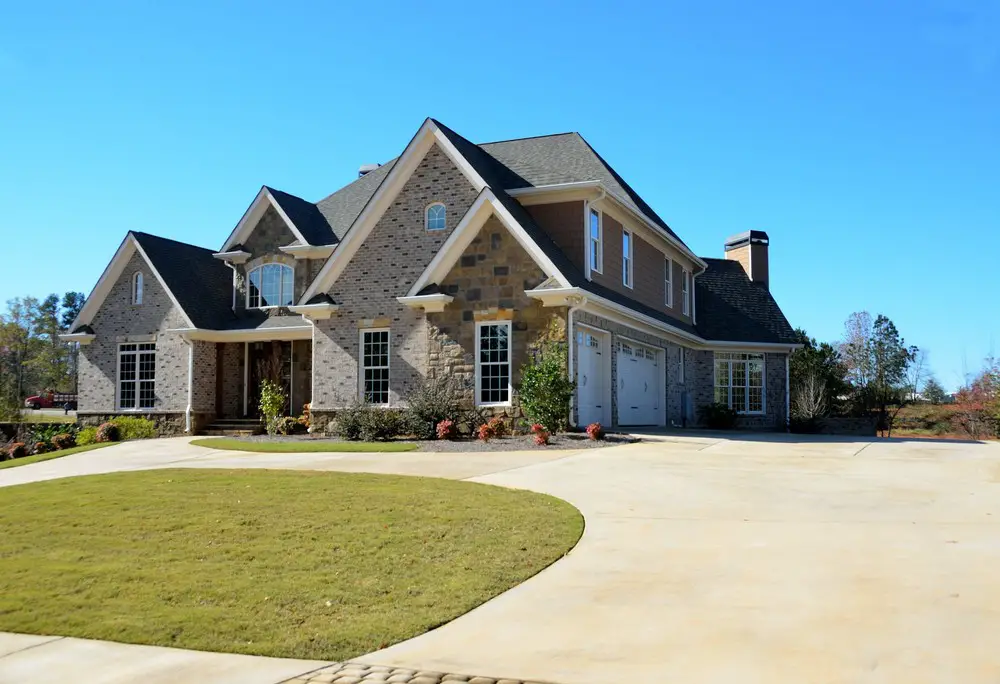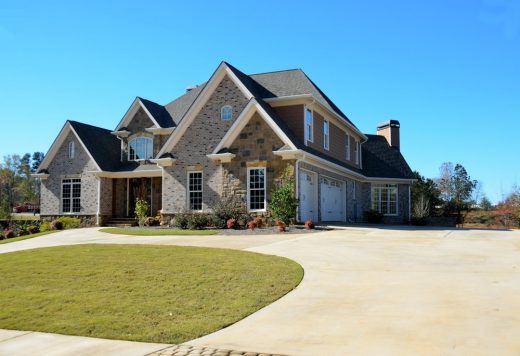Real estate of the future, Staging enhances real estate marketing guide, Modern property advice, Design images
Real Estate of the Future
20 February 2023
Our lives are changing in ways we could never have imagined. Technology is changing what we do at home and how we work and play.
New technologies and trends are changing how we build, finance, and use real estate
New technologies and trends are changing how we build, finance, and use real estate. You may have heard of some of these concepts before, but they’re worth exploring in more depth:
- Smart homes. Your home can now have sensors that monitor everything from temperature to humidity to motion. This allows it to adjust itself automatically based on your needs and preferences at any given moment–or even predict when you’ll need it next based on past behavior patterns!
- Mixed-use developments (MUDs). These developments combine residential units with retail stores or offices for residents to walk out their front door into an environment filled with shops and restaurants instead of parking lots or storage facilities (which means less traffic congestion, too!). They also allow businesses access to potential new customers who live nearby without having them drive all over town just so they can shop at their favorite grocery store every week.*
The rise of vertical living
As cities continue to grow and develop, more people are moving into high-rise apartments like Grand Dunman. This trend is largely because many prefer living in these types of buildings. After all, they offer a convenient and comfortable lifestyle.
The benefits of living in a vertical community include the following:
- A sense of community and belonging that comes from interacting with neighbors regularly
- More opportunities for socializing because you’re closer to other people than those who live in single-family homes or townhouses
Cobots at the construction site
Cobots are robots that work alongside humans. They can be used in construction to help with repetitive tasks and make the job easier, but they can also be used in other industries. For example, cobots could be used at home to help with cleaning or yard work.
Robots are increasingly being used in construction.
Robots are increasingly being used in construction. They can be programmed to perform repetitive tasks, like laying bricks or mixing concrete, which reduces the likelihood of human error and accidents. The process is also faster and more efficient than it would be if humans did the work manually.
Robots are particularly helpful in accuracy: they don’t make mistakes or get distracted by phone calls or texts from friends like humans do! Robots can be used for repetitive tasks, like drilling holes and manipulating objects, that humans find difficult or boring.
Robots have been expanding in the construction industry as they take over more and more repetitive tasks that could take a long time for a human to complete.
3D-printed buildings, homes, and even furniture
3D printing is making three-dimensional solid objects from a digital file. It’s used in many industries, including medicine, aerospace, and automotive. 3D printing also has been used to build homes and furniture.
The rise of the smart home
The rise of the smart home is one of the most exciting developments in real estate. Homeowners can now take advantage of a wide range of technologies that make their lives easier, more comfortable, and healthier.
The affordability of these innovations has made them accessible to everyone. Many people have already installed smart thermostats or lighting systems in their homes; others may consider it a way to save money on utilities while improving their quality of life.
These new techs are changing how we live in our homes and work in our offices.
These new techs are changing how we live in our homes and work in our offices.
The idea of a “smart home” has been around for decades. Still, it’s only recently that technology has made it possible to fully automate your house–from controlling the lights and temperature from your smartphone to unlocking doors with an app or even throwing parties through virtual reality headsets. One recent survey found that nearly 50% of Americans would be willing to pay more for a home if it had smart features like these!
Conclusion
With the rise of smart homes, 3D-printed buildings, and cobots at construction sites, we’re seeing some really exciting changes in real estate. The future of this industry looks bright as these new technologies continue to evolve.
Comments on this Real Estate of the Future article are welcome
Mortgages and Home Finance
Virtual Reality Posts
Property Industry Virtual Reality
Spaceform Virtual Design And Review Platform
Great working relationship with real estate virtual assistant
Virtual reality – beyond plain visualisation
Real Estate Agents
Real Estate Agent Posts
Finding the best real estate agents
Expect from a Real Estate Agent Before Buying
Do architects make good real estate agents
How to improve your life with equity release
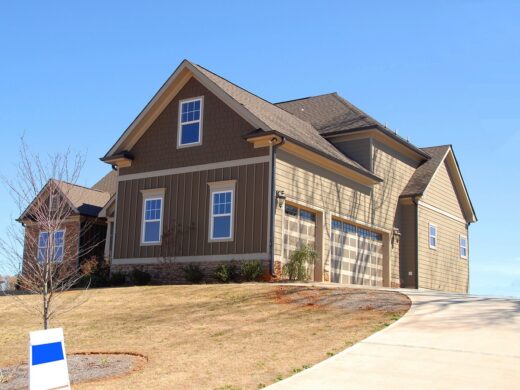
Building Articles
Contemporary Properties – a recent selection from the e-architect website:
Design: Strom Architects
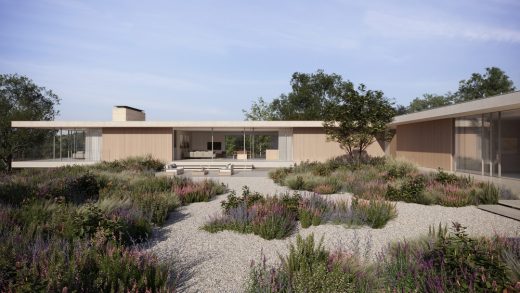
image : LB Visualisation
Ghyll House, East Sussex Property
Sea Breeze, Camber Sands beach, Sussex, England, UK
Design: RX Architects
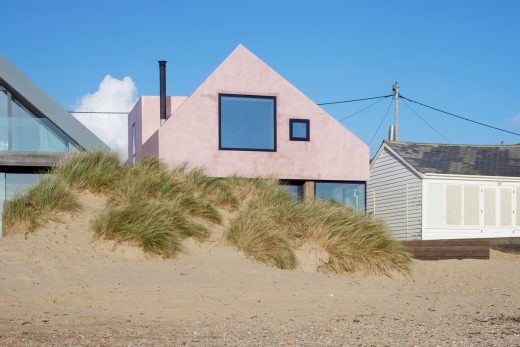
photo : Richard Chivers
Sea Breeze on Camber Sands beach, East Sussex
Comments / photos for the Real Estate of the Future page welcome

